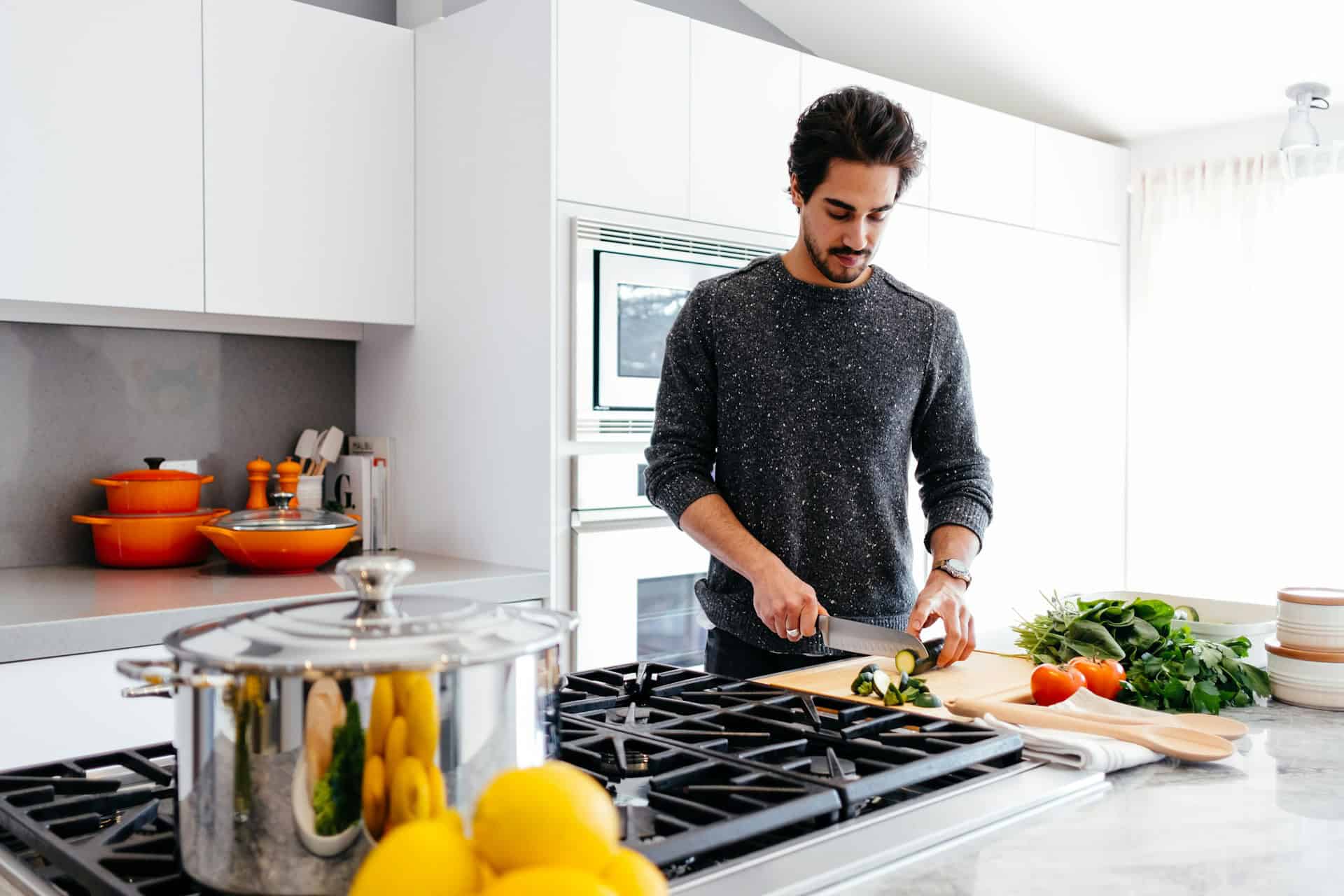
Question: Is it Legal To Have a Stove Without a Hood?
Answer: It depends on local building codes. While not always legally required, a hood improves ventilation and safety. Check your local regulations for specific requirements.
Stove Ventilation: Hood Requirements and Alternatives
Is it legal to have a stove without a hood? Many homeowners ask this question, especially during kitchen renovations or when replacing appliances. This article clarifies ventilation requirements for stoves and explores available options. We’ll cover local building codes, potential safety hazards, and various ventilation solutions to help you make informed decisions for your kitchen.
Local Building Codes
Building codes address stove ventilation to ensure safety and air quality. These codes vary by location. Some jurisdictions require specific hood types, while others allow alternative ventilation methods. Contact your local building department for precise requirements in your area. Ignoring these codes can lead to fines or failed inspections. Understanding local regulations is crucial for a compliant and safe kitchen.
Checking your local building codes is the first step. You can usually find this information on your city or county’s website. Some areas have adopted international building codes, while others have their own specific regulations. Don’t hesitate to call your local building department directly. They can provide the most accurate and up-to-date information for your situation.
Click here for more information on cupboard refacing Toronto
Related Article: Do Stove Vents Have To Go Through the Roof?
Related Article: What is the Difference Between a Range Hood and a Vent Hood?
Exploring Ventilation Options
Several ventilation options exist beyond traditional range hoods. These include:
Downdraft Ventilation Systems
These systems pull air down through vents near the cooking surface. They offer a discreet alternative to overhead hoods.Microwave-Hood Combinations
These units combine microwave ovens with built-in ventilation systems, saving space and providing dual functionality.Exhaust Fans
Exhaust fans installed in the kitchen window or wall can help remove cooking fumes and improve air circulation.
Each option has its advantages and disadvantages. Consider your kitchen layout, cooking habits, and budget when selecting the best ventilation method.
Related Article: Are Stove Vents Supposed To Be Vented Outside?
Alternatives to Traditional Hoods
If your kitchen design or budget restricts installing a traditional hood, several alternatives exist. Downdraft systems integrate into the cooktop, providing effective ventilation without a bulky hood. Over-the-range microwaves with built-in ventilation offer a space-saving solution. Ensure the chosen alternative meets local code requirements and provides adequate ventilation for your cooking needs. These options offer flexibility for various kitchen setups.
When choosing an alternative, consider the type of cooking you do. If you regularly cook with high heat or generate a lot of smoke, a more powerful ventilation system might be necessary. Consult with a professional to determine the best solution for your specific situation.
Maintaining Your Ventilation System
Regular maintenance ensures optimal ventilation performance. Clean or replace filters regularly to prevent grease buildup and maintain airflow. Check and clean the fan blades and ductwork periodically. Regular maintenance extends the life of your ventilation system and improves its efficiency. A clean system works better and lasts longer.
Cleaning frequency depends on your cooking habits. If you cook frequently, clean your filters monthly. Less frequent cooks may clean them every three months. Refer to your ventilation system’s manual for specific cleaning instructions. Proper maintenance keeps your kitchen safe and your air clean.
Addressing Common Ventilation Questions
Many homeowners have specific questions about ventilation, such as what constitutes adequate airflow. Cubic feet per minute (CFM) measures airflow. Your hood or ventilation system should have a CFM rating appropriate for your stove’s size and power. Another common question concerns recirculating hoods. These hoods filter air and return it to the kitchen. They do not exhaust air outside. They’re suitable when external venting isn’t possible. Understanding these factors helps you choose the right ventilation solution.
Another common concern is noise. Some ventilation systems can be quite loud. Look for models with lower sone ratings for quieter operation. Consider your kitchen’s layout and the path of ductwork. Properly installed ductwork minimizes noise and maximizes efficiency.
Conclusion – Is it Legal To Have a Stove Without a Hood?
Stove ventilation is essential for a safe and healthy kitchen. While local codes may not always mandate a specific hood type, proper ventilation is crucial. Explore various options, from traditional hoods to downdraft systems and exhaust fans, to find the best solution for your kitchen. Remember to prioritize safety, adhere to local regulations, and maintain your ventilation system for optimal performance and longevity.

Blue Malue Get in touch with Blue here.
